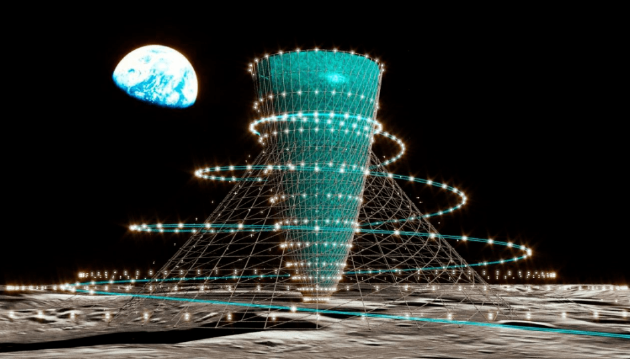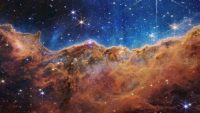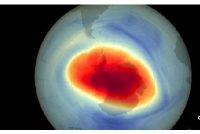Researchers from Japan’s Kyoto University and Kashima Construction Co., Ltd. have released a joint proposal, proposing a “three-pronged” strategy. , aiming to achieve sustainable human life on the moon and other planets.
Whether in orbit or on the surface of an extraterrestrial planet, future space exploration may involve prolonged periods of time in low-gravity environments, however, a thorny issue before us is the impact on human physiology of prolonged space exposure Wreaking havoc, new research suggests astronauts spend months in space equivalent to causing up to 10 years of bone loss, and their bone loss never recovers, but thankfully, Kyoto University Researchers at Kashima Construction Co., Ltd. are pursuing a potential solution that could provide artificial Earth gravity conditions for lunar astronauts.
Last week, the latest joint proposal by Japanese researchers, which is as novel as the plot of a science fiction novel, consists of three different elements, the first of which is called a “vitreous body” and is designed to be The lunar and martian environments generate simulated gravity conditions.
The gravity of the moon and Mars is about 16.5% and 37.9% of the earth’s gravity, respectively. The “moon glass” and “Mars glass” can make up for the difference in gravity. They are huge rotating cones that use centrifugal force to simulate the earth’s gravity conditions. These rotating cones have a radius of about 100 meters and a height of about 400 meters, and rotate every 20 seconds to provide a 1g (Earth Gravity Unit) gravity environment for the people inside the rotating cone. It is reported that the researchers’ goal is to build a “lunar glass body” in the second half of the 21st century. Considering that the technology required to achieve this goal is still immature, this goal seems too optimistic and difficult to achieve.
The second element is the “core biota complex”, which is used to relocate a scaled-down ecosystem to the space environment. According to this proposal, the core biota complex will exist in the “lunar vitreous” or “mars vitreous”, human beings Explorers will live here.
The third element of the proposal is the “Hexagonal Space Orbit,” a high-speed transportation infrastructure that could connect Link, Mars and the Moon, which would require at least 3 different space stations, one in Phobos orbit , one in Earth orbit, and one in lunar orbit (similar to NASA’s planned “Lunar Gateway Space Station”).
The journey back to the moon is getting closer, and interest in colonizing Mars is growing. The difference in gravity for long-term stays on these planets is one of the main obstacles, although Kyoto University in Japan and Kashima Construction Co., Ltd. The proposed artificial gravity device is exciting and promising, but it is too early for us to achieve this goal.




GIPHY App Key not set. Please check settings